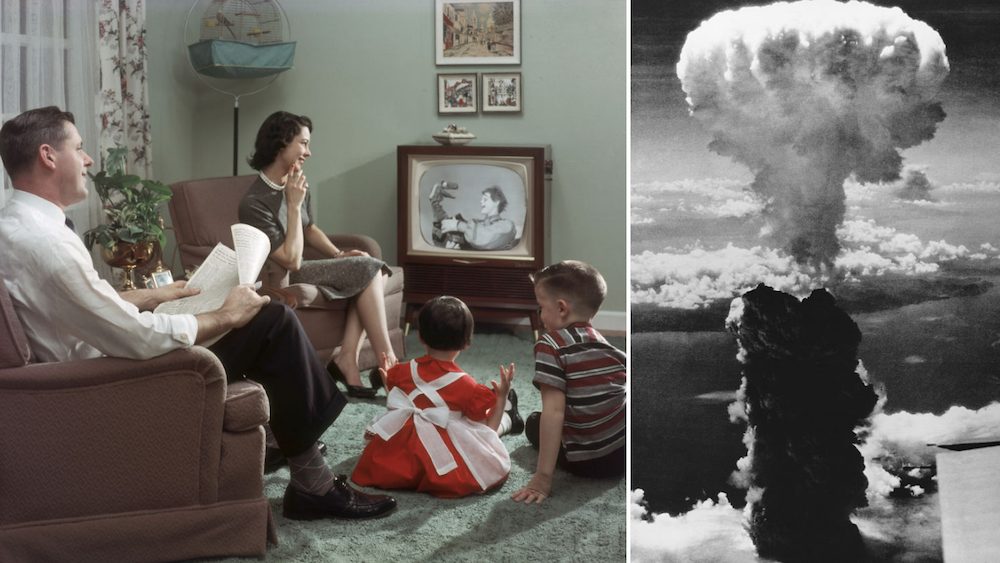We all hope to one day come up with the next big idea that’ll make us millions. Over the years, many inventors have thought up products that have revolutionized the way we see the world. While the majority are happy with their inventions, others have come to regret ever introducing them to the world.
Victor Gruen – Shopping Malls
Shopping malls may be an American staple, but they actually weren’t introduced until the 1950s. Victor Gruen wanted those living in the suburbs to be close to stores and culture, similar to shopping centers in Europe. That’s when he thought up the idea for the shopping mall.
The first opened in Detroit in 1954, with shops, green spaces, and works of art. These were open areas everyone could enjoy. However, corporate America decided it would be better to make room for more stores by removing the green spaces and art. They also moved everything indoors, thus creating the shopping malls of today.

Since 1956, over 1,300 shopping malls have been built across the U.S. Before his death, Gruen denounced what they’d become, telling Quartz, “I would like to take this opportunity to disclaim paternity once and for all. I refuse to pay alimony to those bastard developments. They destroyed our cities.”
Kamran Loghman – Pepper Spray
While pepper has been used as a deterrent since ancient times, it wasn’t turned into a spray until the 1980s. FBI agent Kamran Loghman was tasked with turning it into a weapons-grade material and writing a how-to guide for its use by police departments.
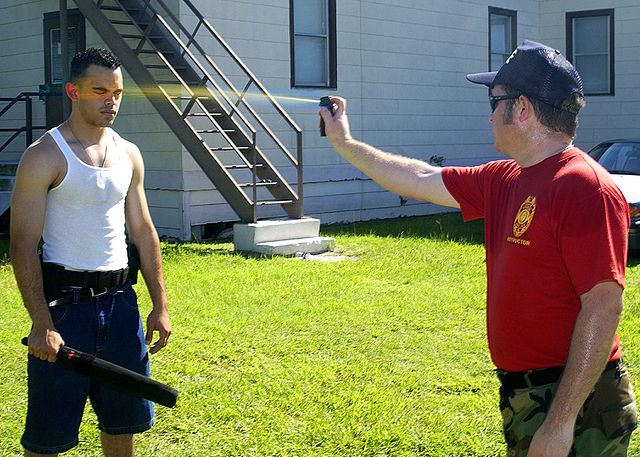
It was intended for non-lethal use against those threatening a police officer or civilian, but it hasn’t always been used that way. Following an incident at the University of California in 2011 where officers used it against peaceful protestors, Loghman was quick to speak out, saying, “I have never seen such an inappropriate and improper use of chemical agents.”
Robert Propst – The Office Cubicle
The cubicle is considered a staple of corporate America, but it only came about in the 1960s. While working as a consultant for Herman Miller, Robert Propst came up with an office design that would provide more freedom and privacy for workers.
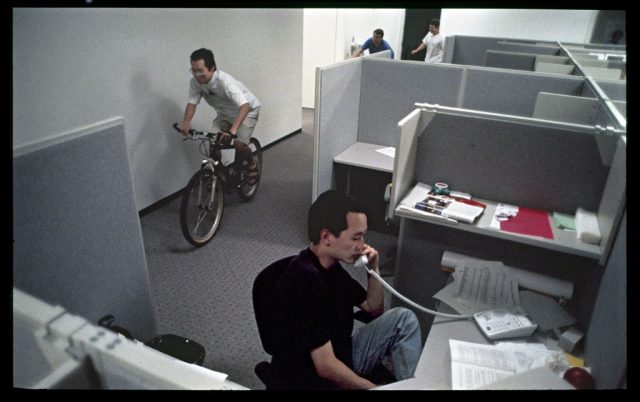
While cubicles were initially large and spacious, companies found ways to make them smaller. This not only saved money, but allowed them to fit more people into the same size space. Propst, in turn, came to loath his invention, calling it “monolithic insanity.” He does accept part of the blame, however, saying he should have anticipated the implications it would have on the office environment.
Mikhail Kalashnikov – The AK-47
Mikhail Kalashnikov served with a tank unit in the Red Army at the beginning of World War II. While working to improve the effectiveness of Russian tanks, he found the Army was still lacking firepower. Looking to change this, he began developing an assault weapon that could rival the German StG44 rifle.
The Automat Mikhail Kalashnikov 1947 — better known as the AK-47— was lightweight and sturdy, making it cheap to make and easy to use. It gained popularity in Russia and abroad, and has since become the most widely used assault rifle in the world.

Kalashnikov came to regret the invention after seeing the destruction and death it caused, telling The Guardian he would have preferred “to have invented a machine that people could use and that would help farmers with their work.”
The Wright Brothers – The Airplane
The airplane is considered one of the most revolutionizing inventions in history, but did you know Orville Wright actually regretted its creation? He and his brother initially felt it could bring about peace, but quickly learned it had a use in warfare.
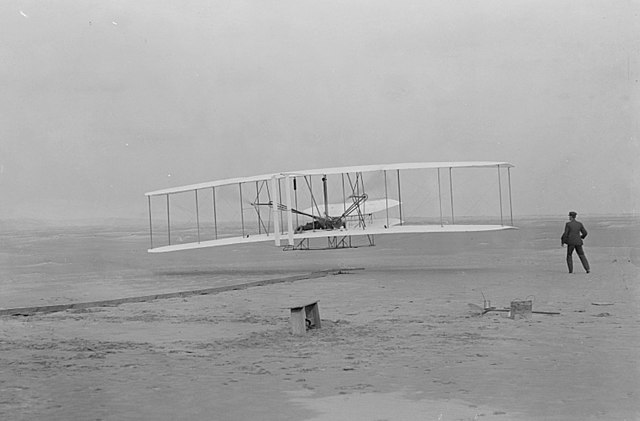
After seeing its use during the First and Second World Wars, Orville became disappointed in the invention, saying he and Wilbur had “dared to hope we [had] invented something that would bring lasting peace to the earth. But we were wrong.”
Tom Karen – Raleigh Chopper
One of the most popular bicycles of the 1970s was the Raleigh Chopper. Its saddle, Harley Davidson-esque handlebars, and laid-back seating made it the go-to bicycle for millions who wished to ride around in not just comfort, but style as well.
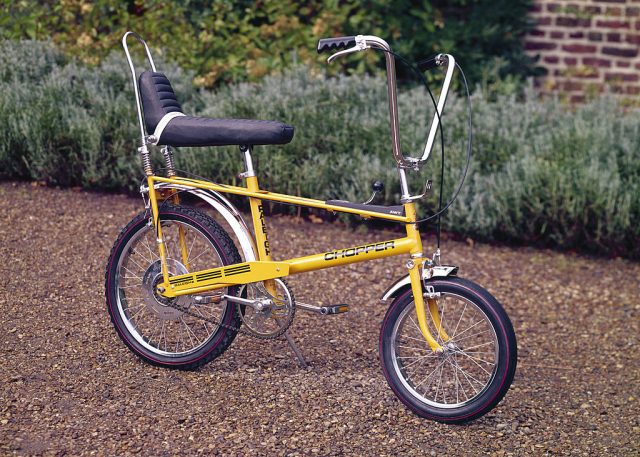
The man behind the design, Tom Karen, doesn’t understand the hype. Speaking with The Telegraph, he once said, “The Chopper wasn’t a very good bike. It was terribly heavy, so you wouldn’t want to ride it very far. There was some guy who rode it from Land’s End to John O’Groats for a good cause, and by the end he was cursing it.”
J. Robert Oppenheimer – The Atomic Bomb
J. Robert Oppenheimer, known as the “Father of the atomic bomb,” was the director of the Los Alamos Laboratory during WWII. He was approached about working on the Manhattan Project and welcomed the opportunity to be part of the war effort. His team believed they were making the world a safer place by developing a weapon devastating enough to deter countries from war.
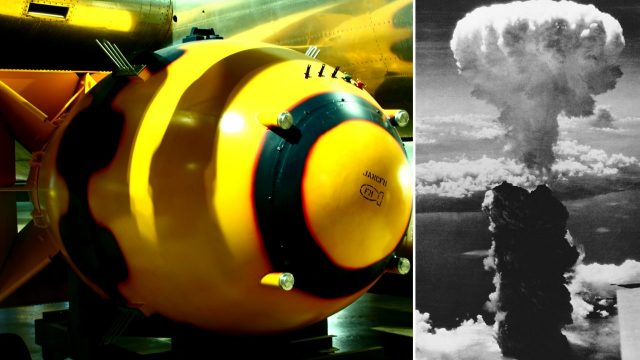
After seeing the effects on Nagasaki and Hiroshima, Oppenheimer had mixed feelings and called for a ban on nuclear weapons. While he felt no remorse for developing the bombs, he felt the U.S. government “should have acted with more foresight and clarity in telling the world and Japan what the [bombs] meant.”
Philo Farnsworth – The Television
Philo Farnsworth came up with the idea for the television when he was just 14 years old. He later went on to make numerous contributions to the first fully functional and electronic version, following his development of the video camera tube and the image dissector.
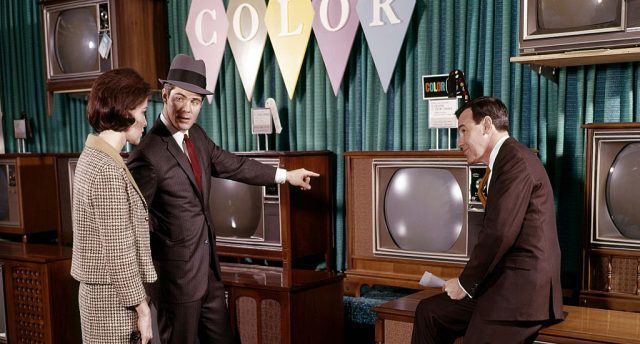
While he initially believed it would help people learn about each other, he later came to loath the invention. He felt people were wasting their lives watching television programs, and he even banned it from his household, telling his son he didn’t “want it in your intellectual diet.” He did, however, change his mind after watching the moon landing on television. According to his wife, Farnsworth turned to her afterward and said, “Pem, this has made it all worthwhile.”
Wally Conron – The Labradoodle
They are the most popular hybrid dog in the world, but did you know the creator of the Labradoodle regrets his creation? The original intentions surrounding the coming together of the Golden Labrador Retriever and the Standard Poodle were positive. Conron had been asked to breed a hypoallergenic guide dog for a blind woman whose husband was allergic to dogs.

Unfortunately, breeders have turned this well-intentioned gesture into something ugly. Poodles are known to suffer from an array of ailments, including eye, hip, and elbow issues. As such, many of these hybrids also suffer from these problems, and many have been abandoned at shelters.
Arthur Galston – Agent Orange
Arthur Galston was looking for a way to make his crops grow better when he discovered that triiodobenzoic acid made his soybean plants flower and grow. He also found too much of it caused the plants to die. This effect caught the attention of the U.S. Army.
During the Vietnam War, the military dropped 20 million gallons of the chemical over Vietnamese crops and forests. Codenamed Operation Ranch Hand, the mission was to destroy places where enemy troops could hide and ambush American soldiers. The chemical got its Agent Orange nickname around this time, as it was stored in steel drums with orange strips painted on them.

It was discovered the dioxins in Agent Orange cause cancers, birth defects, and neurological disabilities. Galston became an opponent of its use because of this and its environmental effects. However, while regretting his discovery, he still believed it to be important, saying, “Any discovery, I believe, is morally neutral and it can be turned either to constructive ends or destructive ends. That’s not the fault of science.”
Jenna Karvunidis – Gender Reveal Parties
The woman who is credited with popularizing “gender reveal” parties told TODAY Parents that she now deeply regrets introducing the concept to the world. Jenna and Niko Karvunidis had several pregnancy losses before finally conceiving their oldest daughter. They were understandably excited to learn their baby’s sex and threw a (modest) party to announce the good news. As Karvunidis explained, “I’m the type to bake a cake for every occasion. We like to party!” She blogged about the celebration and was interviewed by The Bump magazine, which is when the trend really took off.

More from us: 5 Breakthrough Inventions that Happened by Mistake
Today, gender reveal parties have become increasingly elaborate affairs that often include dangerous pyrotechnics. In 2020, an explosion at a gender reveal party caused a wildfire that burned more than 10,500 acres in Southern California, while in 2022 a soon-to-be father in New York was killed when a gender-revealing device detonated. “I had absolutely no thoughts in 2008 of the greater implications of gender reveal parties,” Karvunidis bemoaned. “There are a million ways to celebrate your life that don’t involve putting anyone in danger.”
